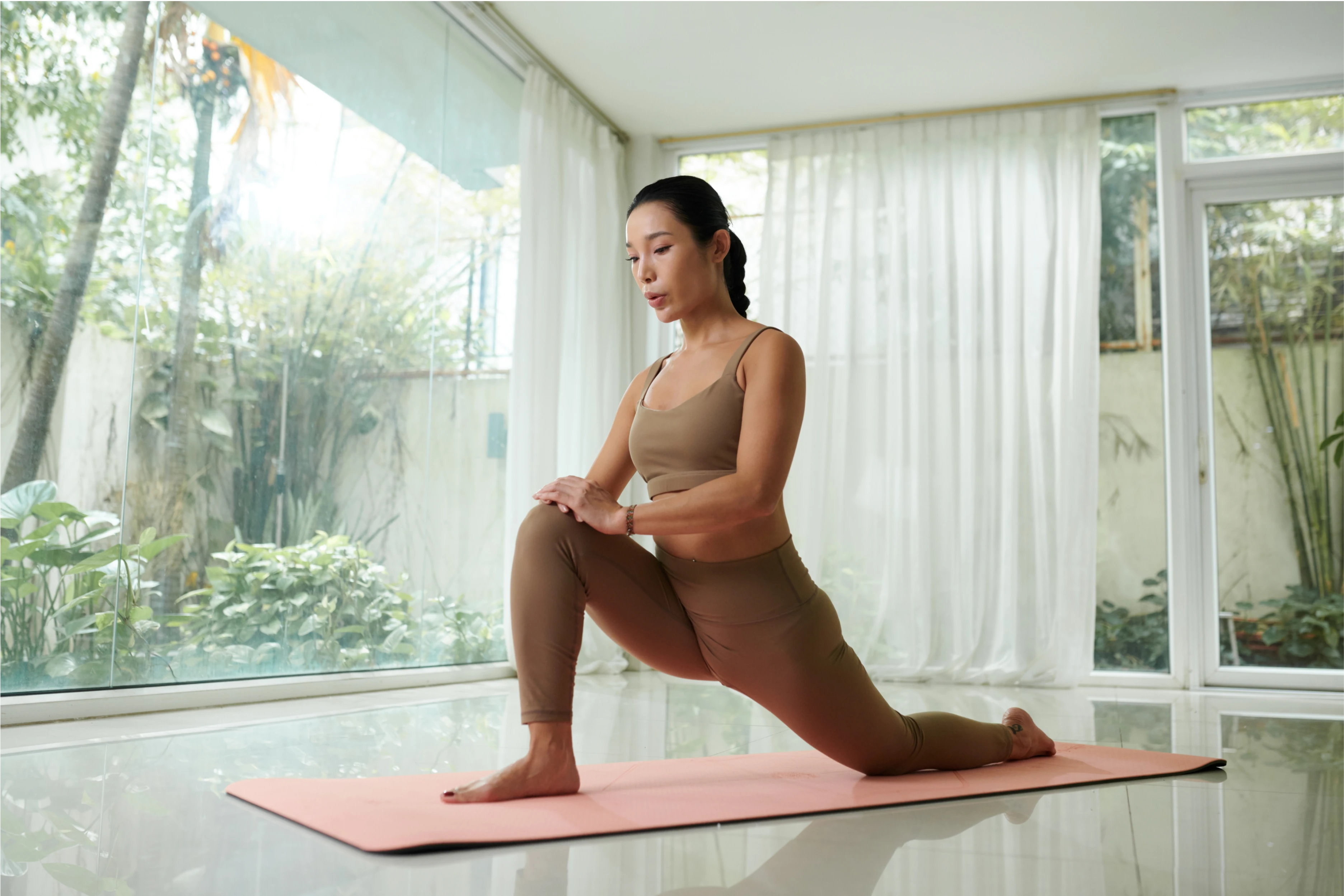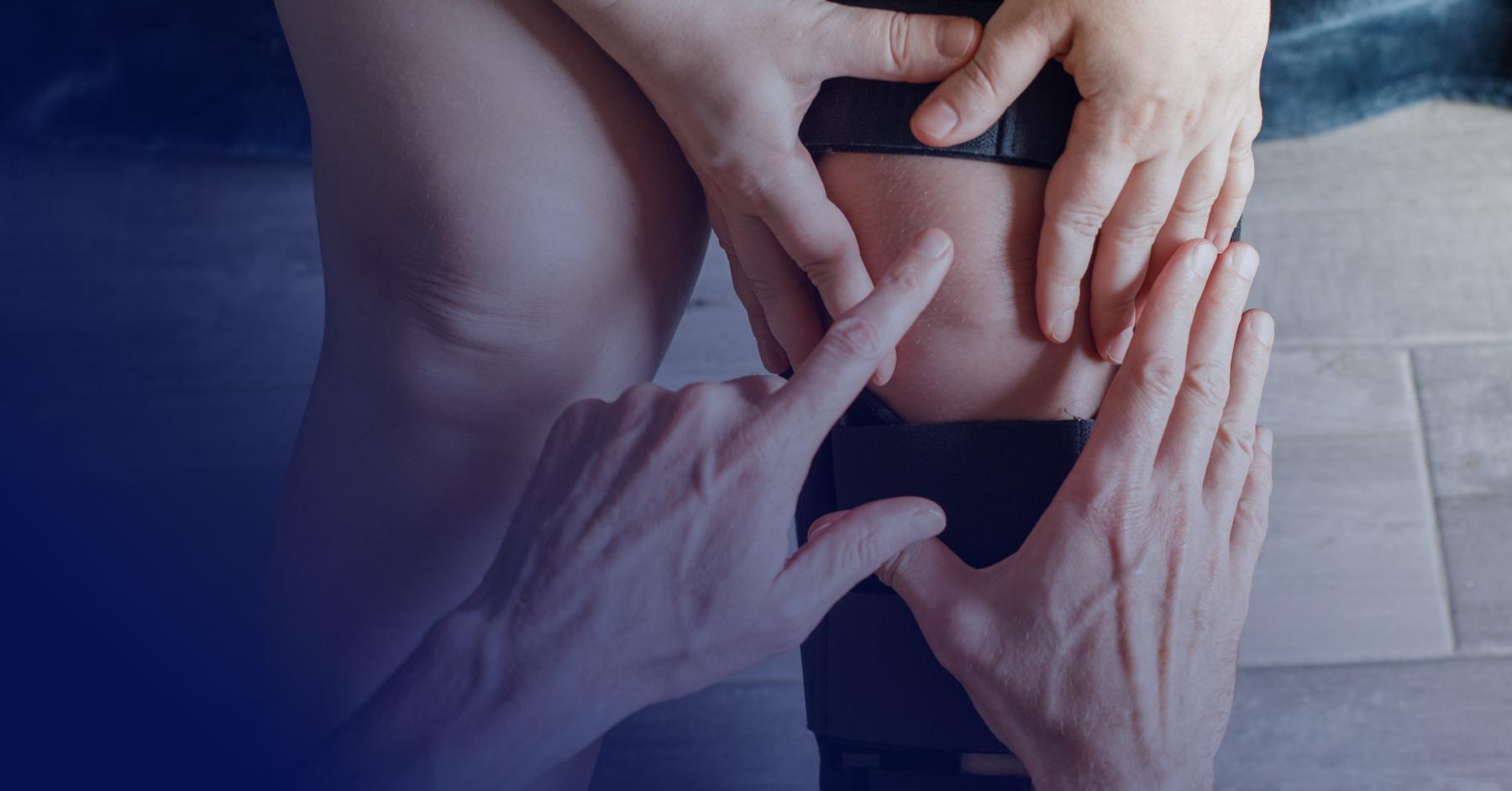Static vs. Dynamic Stretching: What's the Difference?
Sports Medicine

Stretching before and after a workout is important for many reasons, but how you stretch also matters.
Whether you’re an athlete or simply a dedicated exercise enthusiast, you’ve probably heard you must stretch before and after your workout. After all, doing so helps warm up your muscles and keeps you strong and flexible. But you may be unaware there are two types of stretches — dynamic and static — each with different styles and benefits.
Both have their place in your exercise routine. This guide will help you decide when to do dynamic or static stretches and provide you with some examples to try.

Dynamic stretches explained
What is a dynamic stretch? Dynamic stretches involve movement, typically those that mimic the sport you will be participating in. The goal is to prepare your muscles and ligaments for the upcoming activity. For example, if you are about to go on a run, warming up your leg muscles with dynamic stretches would be advisable. And there is evidence it works: A study of 13 female athletes found those who did dynamic stretches during a warmup routine showed improved athletic performance.
When should you do dynamic stretching? Set aside about 10 to 15 minutes before your workout for dynamic stretching. If possible, do at least 10 to 12 repetitions of each movement.
What are some examples of dynamic stretching? There are plenty of dynamic stretches you can do. Here are two to get you started:
- Walking lunge. Stand with your arms on your waist. Step forward and lunge, making sure your front knee lines up with your hip and ankle as you lower your back knee to the floor without touching it. As you do this exercise, your front knee should not go past your front toes. Then, push off of the back leg and step forward with the opposite leg, lunging in the same way. During this exercise, engage your abdominal muscles so your back doesn’t arch. This stretch is especially beneficial for those playing soccer, football, and track and field.
- Leg swings. Stand on one leg and slowly swing the other leg in front and behind you. Engage your abdominal muscles to prevent your back from arching. This exercise is often recommended for runners.
Static stretches explained
What is a static stretch? Unlike dynamic stretching, static stretches hold a muscle or joint in one position for 20 to 45 seconds without feeling any pain. Static stretching increases muscle flexibility and range of motion. Such exercises can also help reduce post-workout soreness and shorten your recovery time from vigorous exercise.
When should you do static stretching? Static stretches are best reserved for a post-workout cool-down. At that time, your muscles are warmed up and more receptive to stretching.
What are some examples of static stretches? Here are two examples you can incorporate into your next cool-down routine. Aim to do each at least two to three times for best results.
- Kneeling hip flexor stretch. Kneel down and place the left knee on the floor or mat directly under the left hip. Position your right foot in front of you so the right knee is directly over the right ankle and hip at a 90-degree angle. Place both hands on the right thigh to keep your spine straight. Lean forward into your right hip while keeping your left knee on the floor. Your pelvis should not rotate forward. Hold the stretch for 30 to 45 seconds.
- Posterior capsule stretch. While standing, relax your shoulders. Bring one arm across your body and hold it with the other arm just above the elbow. Pull the arm gently toward your body so you feel the stretch along the back of the shoulder. This exercise is great for athletes playing football, baseball, basketball, and any other sport where a ball is thrown.
Whether doing static or dynamic stretches, never bounce! Move in a controlled, slow manner so as not to injure your muscles and ligaments. Always stop if you feel significant pain.
Stretching is not only beneficial for athletes. Anyone recovering from a musculoskeletal injury or orthopedic surgery can overcome muscle and joint stiffness with stretching exercises. Working with a physical therapist can help you find the right balance between dynamic and static stretching.
Let’s stretch
At All Sports Physical Therapy, our physical therapists will show you the proper stretches to enhance your athletic performance or simply relieve your stiffness. We’ll devise a stretching program just for you. Contact us today for a consultation.



